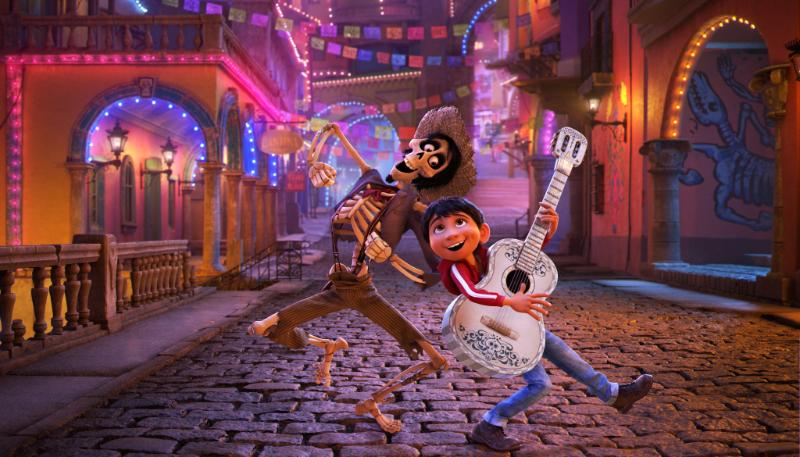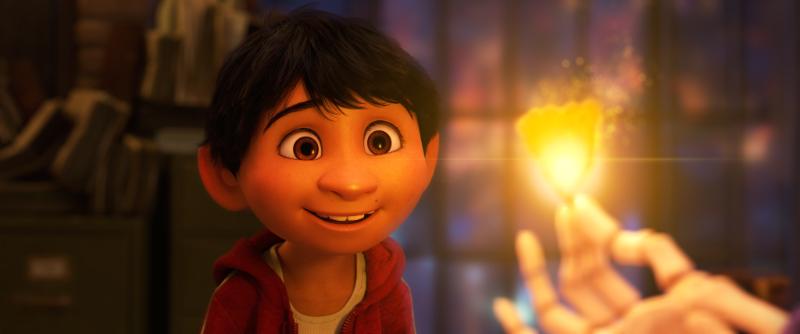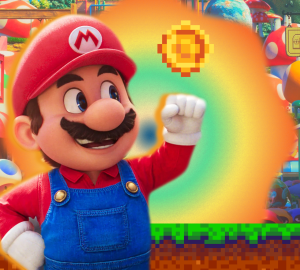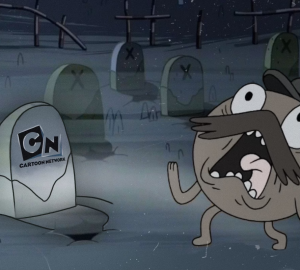Get to know the supervising animator behind Pixar’s biggest hits

On Oct. 24, Gini Santos, supervising animator at Pixar, came to SCADshow to present the production of the studio’s upcoming film, “Coco.” Santos, who has been working with the studio since “Toy Story 2,” has received various acclaim for her character animation work. Her work on the beloved character of Dory from “Finding Nemo” earned her nominations for Annie and VES Awards.
The Connector: Where did your love of animation get started from?
Santos: Well as a child, I always loved drawing. I knew I wanted to be an artist, but at that time I didn’t know I was going to be an animator. I did grow up, like every kid, loving animation, but when I went to school and I decided I wanted to take fine arts, it was a bit of a battle with my dad. At that age, my parents were like, “You can’t just be an artist, what are you gonna do, sell your paintings?” So I got into half-fine arts and half-business, and I got into advertising, but I was in the art department. Around the 90s when I got into advertising is when desktop publishing was coming around and computers were starting to explode on the scene.
I decided to go back to school to learn this new kind of medium and it was there that I first crossed animation but it was already on the computer. What’s funny is that during my college days we had an animation class and I loved drawing, but I thought ,”That’s too many drawings!” So the next time I crossed paths with animation again is when I went to the school of visual arts and they had a course in computer arts to major in animation. So that’s what led me there, but I feel like my background as an artist definitely helped in finding the appeal in the design.
The Connector: More specifically on your background, how did you get involved with Pixar?
Santos: Right about the time I was getting ready to graduate, “Toy Story” came out. So I remember we were midway through finishing up our thesis and a bunch of my classmates and I went out to see it. I was just blown away. First of all, the fact that this was a movie made on the computer and that’s a course I was taking at the time, and then the story was great, the characters were great, and that pushed me more towards working there.
The Connector: What kind of process do you have as an artist when it comes to approaching a scene or character and how does Pixar’s creative process help out with that?
Santos: Pixar is always about story. Having a good story means having good characters that have a story, but making these characters believable is always the goal at the end. On the computer, it’s always easier to move things around. 2D is such a craft and I look up to so many of the old school 2D animators, but on the computer, it allows you to do more things including move things. So we realized we don’t want to move things just to move it, we want it to feel like its driven by something alive.
So for me, as an animator, whenever I was animating, we always referenced characters in films that was a good example for who we had in mind for the story. And we had acting classes that we would take because we felt that unless we could really bring out a thinking or feeling from the 3D models, it was never going to feel alive. Sometimes I would record myself, I would set up the shot I was working on, go into a room where there’s a video camera and I would try to act it out in so many ways and that would help create map of whatever I was going to animate.
The Connector: Coming off that, since Dory has been a big part of your career so far, did she have any kind of reference like that?”
Santos: One thing we love as an animator is when the actor who does the dialogue performs it in a way that you can pull ideas out, and Ellen DeGenres was perfect for her voice. She’s kind of dry, but Dory was dry because she couldn’t remember anything. Sometimes while recording the dialogue they would have videotapes to just record the session, and sometimes it can be helpful to just look at the recording sessions because the actors get so into it. With Ellen, she had a couple of comedy films we looked at and we came to watch her live when she visited. We really felt that she was Dory, so we really tried to draw a lot from her, I had a lot of fun.

The Connector: What kind of challenges are there that you try to focus on when it comes to doing your work or planning things out and what are the rewards of that?
Santos: “The challenge is always that not just that we make the character feel alive but that it’s what the director wanted. I’ve worked long enough at Pixar now to have had experiences with different directors on different films and they all bring something new. Some of them have certain styles that’s geared more towards traditional and there are others that are not and may try to do something new, so the challenge is to give the director what they directed you to do. It’s just kind of like being an actor. You’re bringing a performance and sometimes there are directors that totally see what you’re trying to see and there are other directors who, not because they can’t see it, but require a very different style within the performance. So as an animator we always want to please everyone.
The reward of that is hearing people after they’ve seen the film that they were able to connect with these characters and really get an emotion from them. I remember when I animated the scene in “Up” when the wife dies, I just remember getting all kinds of reactions of, “Oh I was a mess, I was crying my eyes out” and I felt like that’s the reward I get, that they’re alive and they know that.
The Connector: Having been with Pixar almost from the start, from the time they were finding their identity as a studio to the beloved creative powerhouse they are now, how do you think they’ve evolved and how do you think “Coco” reflects that? Similarly, how do you think you as an artist have changed over that time?
Santos: So many things have changed, they’ve changed technology-wise, but they’ve also changed idea-wise. Back in the days with “Toy Story,” the computer was so different and our software and our hardware have gotten better. And, as we’ve grown as a company, we’ve hired more and more animators who have been bringing more to the floor that, when you’re someone like me who feels like they were on the top of their game back then, you realize that there’s still more and I get inspired by all these new young animators who come in with such great performances.
What I love as well is that Pixar has taken more chances on stories they believe in that are so diverse now. We’re really getting a lot more diverse, whether it’s in Costa Rica or in Paris or in the mind of a child, and now in Mexico. I feel that Pixar has always been driven by the stories that they tell and that they believe in and they don’t stop at keeping it in a box. So that has changed too and that has brought a lot of influence into the performances we bring.
In “Coco” alone, one of the efforts we really put in is the authenticity of our acting. We know how it’s like to live here in the United States, well, how does a family in a small Mexican village go about their lives? Being Filipino, I know myself that, even though I’ve grown up here, I know in our culture in some of these small towns, it’s very different. So it’s been fun trying to research the culture because it challenges our acting. Changes like that in acting have made me realize that there’s so much more to animation that I feel I can learn.
Be sure to see “Coco” in theaters Wednesday, Nov. 22, 2017.





















